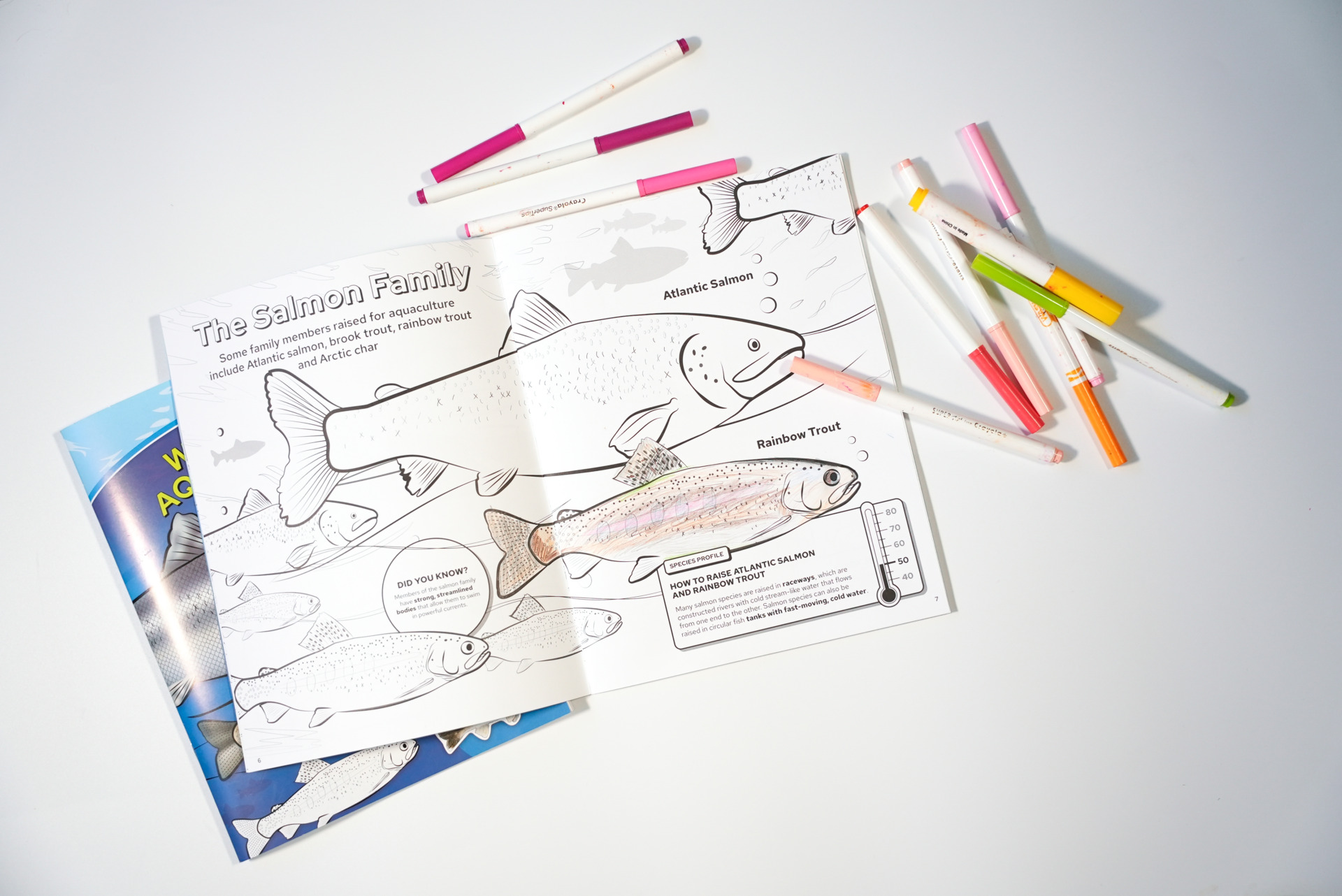The Wisconsin and Minnesota Sea Grant programs won the prestigious Research to Application Award at a recent biennial national conference. For a decade, the programs had been working with partners such as the port managers, U.S. Army Corps of Engineers, U.S. Navy and researchers at universities to discover the cause of, and mitigation strategies for, an accelerated rate of corrosion of the Port of Duluth-Superior’s infrastructure. It’s estimated that the discovered fixes save at least $120 million in pier, wall and piling replacement costs.
Minnesota Sea Grant Director Jeff Gunderson commended his colleagues Gene Clark of Wisconsin Sea Grant and Dale Bergeron of Minnesota Sea Grant for their dedication to addressing this costly problem so integral to the continued economic vitality of the Lake Superior communities surrounding the port. A 2011 study by Martin Associates of Lancaster, Pa., estimated the port’s economic value to be $12.6 billion annually.
Jim Hurley, Wisconsin’s director, concurred and added, “As far as I’m concerned, this award is the essence of Sea Grant. We identified a coastal problem, researched it, and got the results out to our stakeholders.”
Research led to the finding that iron-oxidizing microbial biofilms adhere to the port’s infrastructure in communities known as tubercles. Once scoured by winter ice, these tubercles could open and attract dissolved copper, which pits and weakens the steel structures in the port that handles more annual freight than any of the others in the Great Lakes.
Now, specially devised coatings and protective jackets are being applied to the structures to prolong their lives. In fact, other Lake Superior areas are witnessing similar unexpected corrosion and are benefitting from Sea Grant research findings. The city of Ashland, Wis., is one example. It has included freshwater corrosion protection in its design of a Superfund project containment facility.
In addition to National Oceanic and Atmospheric Administration Sea Grant staff, other core team members include:
· Dave Bowman, U.S. Army Corps of Engineers, Detroit
· Stephen Brossart, U.S. Army Corps of Engineers, Detroit
· Dr. Randall Hicks, University of Minnesota Duluth
· Dr. Brenda Little, Naval Research Laboratory
· Chad Scott, AMI Consulting Engineers
· Jason Serck, Superior Port Director
· Jim Sharrow, Duluth Seaway Port Authority
The national award competition was open to 33 Sea Grant programs and attracted entries from nine states. The award ceremony was held in Clearwater Beach, Fla., late last week.
More about accelerated freshwater harbor corrosion can be found at goo.gl/y2YVdE.





